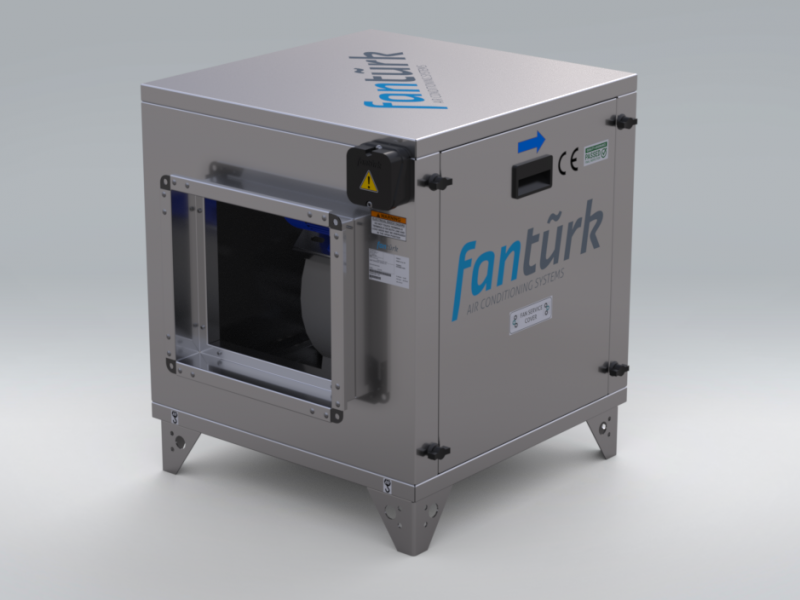
Cell axial pressurization fans play a vital role in creating a well-ventilated environment. They are commonly used in various industries, including manufacturing, agriculture, and construction. This article will cover everything you need to know about cell axial pressurization fans, including how they work, their benefits, and the different types available.
What are cell axial pressurization fans?
Cell axial pressurization fans are high-volume, low-pressure fans designed to create positive pressure within a building or enclosed space. They are used to improve ventilation and control the air quality of the area. The fans work by drawing in fresh air from outside and pushing out stale air. The positive pressure created by the fans can also prevent contaminants, such as dust, smoke, or fumes, from entering the space.
How do cell axial pressurization fans work?
Cell axial pressurization fans work by creating positive pressure within the building or enclosed space. The fans are typically installed in the exterior walls of the building, and they are connected to ducts that draw in fresh air from outside. The fans then push this fresh air into the building, creating positive pressure that helps to keep the indoor air clean and free from contaminants.
The fans can also be equipped with filters to remove particles and other contaminants from the incoming air. This ensures that the air that is circulated within the building is of high quality.
Benefits of using cell axial pressurization fans
There are several benefits to using cell axial pressurization fans in your building or enclosed space. One of the primary benefits is improved ventilation. By creating positive pressure within the building, the fans can help to circulate fresh air and remove stale air. This can help to prevent the buildup of pollutants and allergens, which can cause health problems.
Another benefit of using pressurization fans is that they can help to control the temperature of the building. By circulating fresh air, the fans can help to regulate the temperature and prevent hot or cold spots from developing.
Finally, pressurization fans can also help to reduce energy costs. By circulating fresh air, the fans can help to reduce the load on air conditioning systems and other climate control systems, leading to lower energy consumption and costs.
Types of cell axial pressurization fans
There are several types of cell axial pressurization fans available, each designed for different applications. Some of the most common types include:
Wall-mounted fans: These fans are mounted on the exterior walls of the building and are typically used to create positive pressure in smaller spaces.
Duct-mounted fans: These fans are mounted in the ductwork and are used to create positive pressure in larger spaces.
Roof-mounted fans: These fans are mounted on the roof of the building and are used to create positive pressure in larger spaces.
When selecting a pressurization fan, it is important to consider the size of the space, the amount of ventilation required, and the types of contaminants that may be present.
Conclusion
In conclusion, pressurization fans play a crucial role in creating a well-ventilated environment. By creating positive pressure within the building, the fans can help to circulate fresh air and remove contaminants, leading to improved air quality and a healthier environment. With different types available, it is important to select the right fan for your space and specific needs. By choosing the right fan, you can enjoy improved ventilation, temperature control, and energy savings
Whether you are managing an industrial facility, a farm, or a commercial building, cell axial pressurization fans are an important investment that can provide long-term benefits.
When installing pressurization fans, it is important to ensure that they are properly sized and installed for optimal performance. Professional installation is highly recommended, as a poorly installed or undersized fan can result in inefficient ventilation, increased energy costs, and even health and safety hazards.
In addition to proper installation, regular maintenance of the fans is important to ensure they continue to operate at peak performance. This may include replacing filters, cleaning the fans and ductwork, and inspecting the fan components for signs of wear or damage.
In summary, pressurization fans are a valuable tool for improving ventilation and maintaining indoor air quality in a wide range of applications. By understanding how they work, their benefits, and the different types available, you can make an informed decision when selecting and installing a fan in your building or enclosed space. With proper installation and maintenance, a pressurization fan can provide efficient and effective ventilation for many years to come.
